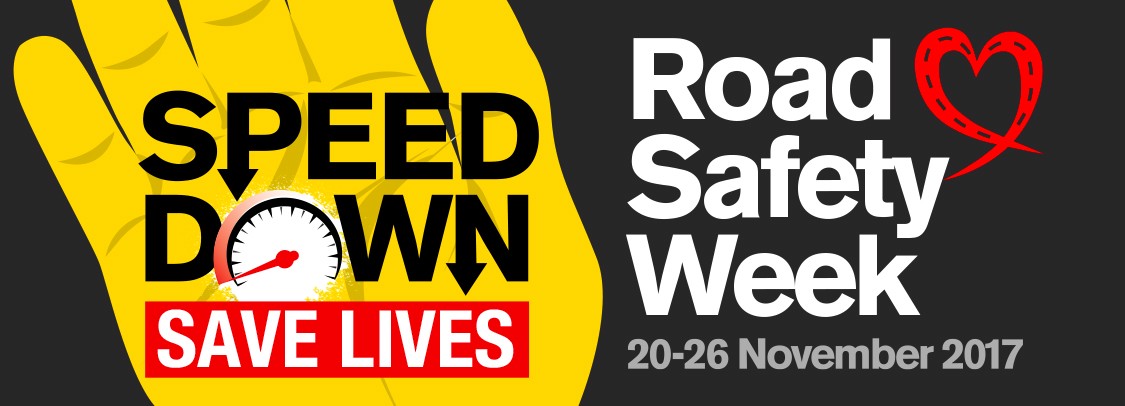
As part of Minster Law’s commitment to supporting this year’s Brake Road Safety Week, we’re highlighting numerous ways that technology is being used to try to improve road safety. So, if you’re considering buying a new car but don’t yet understand the latest technological innovations and what they do, our guides may help. As outlined in Brake’s online resources, vehicle technology is evolving at a rapid pace, and there are an increasing number of systems available that aim to improve vehicle and driver safety; some of which are Advanced Driver Assistance Systems…
Advanced Driver Assistance Systems (ADAS) is the term used to describe active safety systems on vehicles that are able to identify safety-critical situations by monitoring speed, braking and steering tasks and take action, either automatically or by sending a warning to the driver.
There is ongoing discussion around the positives and negatives of not having full control over a vehicle. However, figures from the Department of Transport demonstrate that human error is the single biggest cause of road traffic accidents in the UK (74%). As outlined in one of the Brake Road Safety Week campaign fact sheets, there are three key ways that ADAS can reduce human error and be used to improve road safety:
- crash prevention
- crash trauma minimisation (reducing the severity of injury if a crash occurs) and
- post-crash trauma minimisation (optimising the chances of survival in a crash).
The development in technology of ADAS has been rapid and it is predicted that by 2020, more than 40% of new vehicles will have at least two types of systems fitted as standard. This said, there are lots of different models of ADAS available today which help to improve different aspects of road safety…
Speed
Intelligent Speed Assistance Systems have been designed to detect if a vehicle is exceeding the speed limit, using data from either a digital road map (requiring GPS) or transponders fitted to speed limit signs. Depending on the model, the system can either take control of the vehicle to reduce the speed or alert the driver to reduce their speed manually. It was estimated, in a 2012 study by Lai, Carsten & Tate that almost one in three fatal crashes could be prevented by using ISA.
Autonomous Emergency Braking Systems use radar, cameras and/or LIDAR (light detection and ranging) technology to detect potential collisions. They then warn the driver to take action or automatically apply the brakes if the driver fails to respond in time. According to a study by the Transport Research Laboratory; 34% of road traffic accident fatalities could have been prevented if Autonomous Emergency Braking Systems had been mandatory on all vehicles, and 14% could have been prevented if Intelligent Speed Assistance had been mandatory, meaning prioritising ISA and AEBS would have significant benefits to road safety today.
Other forms of ADAS for braking is the Anti-lock Braking System, which prevents the wheels from locking when the brakes are applied – giving the driver more control and reducing the chance of a skid. Electronic Stability Control also detects and reduces the chance of a skid by automatically applying the brakes to specific wheels and/or engine braking and in turn preventing or mitigating a RTA.
Weight
Overloading a vehicle can not only make it dangerously unstable, but it can make it difficult to steer and increases the stopping distance and time. Load Sensors assist this risk as they are essentially on-board weighing devices which alert the driver (by flashing a light or emitting a sound) if the weight exceeds the vehicle’s threshold, allowing the driver to amend the weight in the vehicle accordingly.
Positioning
There are lots of different types of ADAS to improve a vehicle’s positioning. Lane Keep Assist uses sensors to monitor the vehicle’s positioning in the lane and takes control if the vehicle begins to veer. Similarly, Lane Departure Warning Systems detect imminent, unintended lane departure and alert the driver. According to Brake, studies indicate that Lane Keep Assist is the more effective system of the two, as it autonomously corrects the line of travel.
Visibility
The purpose of Proximity Sensors is to detect other vehicles, cyclists, motorcyclists, and pedestrians in a blind spot and alert the driver of their presence. These sensors are really useful for manoeuvres such as reversing, turning, parking and overtaking. You can find out more information on Blind Spot Protection here. Night vision cameras are another form of visibility sensor, which work in the same way as Proximity Sensors, in that they alert the driver of potential hidden hazards in the dark.
Any type of innovation which helps to improve road safety is of great interest to Minster Law. Managing Director Michael Warren said: “We’re very aware of the rapid pace at which technology is developing and being used to affect change in a variety of industries. At Minster Law, we’re constantly looking for new ways to evolve our practises in line with the digital age, and we’re also keeping up-to-date with the latest road safety innovations that may affect our insurance partners and clients.
“Advanced Driver Assistance Systems are already becoming mainstream, having been adopted by a number of major car manufacturers, although it is likely to take some time for us to see their true impact on road traffic accidents in the UK as older cars eventually phase out. Even so, we believe that being knowledgeable about the latest technology used in cars and motorcycles will add value to our specialist personal injury teams, our insurance partners and our clients both now and in the future.”
Click here to read about how crash protection for vehicle occupants can help to improve road safety.




